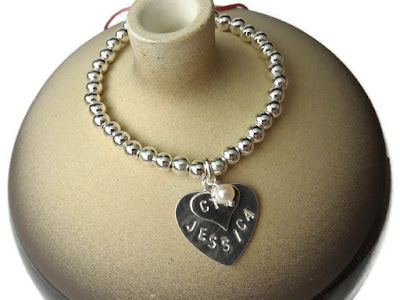Colour theory - art and science
Sir Isaac Newton drew the first recorded circular diagram of colours in 1666 after separating light with a prism. He split white sunlight into red, orange, yellow, green, cyan, and blue beams; then he joined the two ends of the colour spectrum together to show the natural progression of colours. Since then artists and scientists have studied and designed their own variations of the concept.
 |
| Sir Isaac Newton |
The colour wheel allows you to visually see the relationship between colours; which basic colours they are made from and which colours compliment and contrast.
My aim as a designer is to use colour in a harmonious way. Harmony is a balance of colour which is pleasing to the eye. At the other end of the scale you can have colour combinations that are either chaotic – too many different colours over stimulating the eye - or boring – bland mixes of colour under stimulating the eye. We want a nice balance that delivers visual interest but also a sense of order.
I find it is also important to create a pattern in my designs even if I want to create the sense of randomness – my eye likes to see order – I call it balance. When I design a piece I will rework it until it looks balanced to me; even if everyone else likes it as it is.
 |
| Jewel Cascade Earrings |
I will be launching my new summer jewellery pieces soon and I have used a lot of mixed summery colours. On first glance some of the bead arrangements may look random and multi-coloured but if you look closely you can see that I have only used colours that work together and there is a balanced pattern – almost symmetry to them.
Colour is an art and a science. I love colour and I think it shows.
Watch this space for my new designs coming soon.
N








Comments
Post a Comment